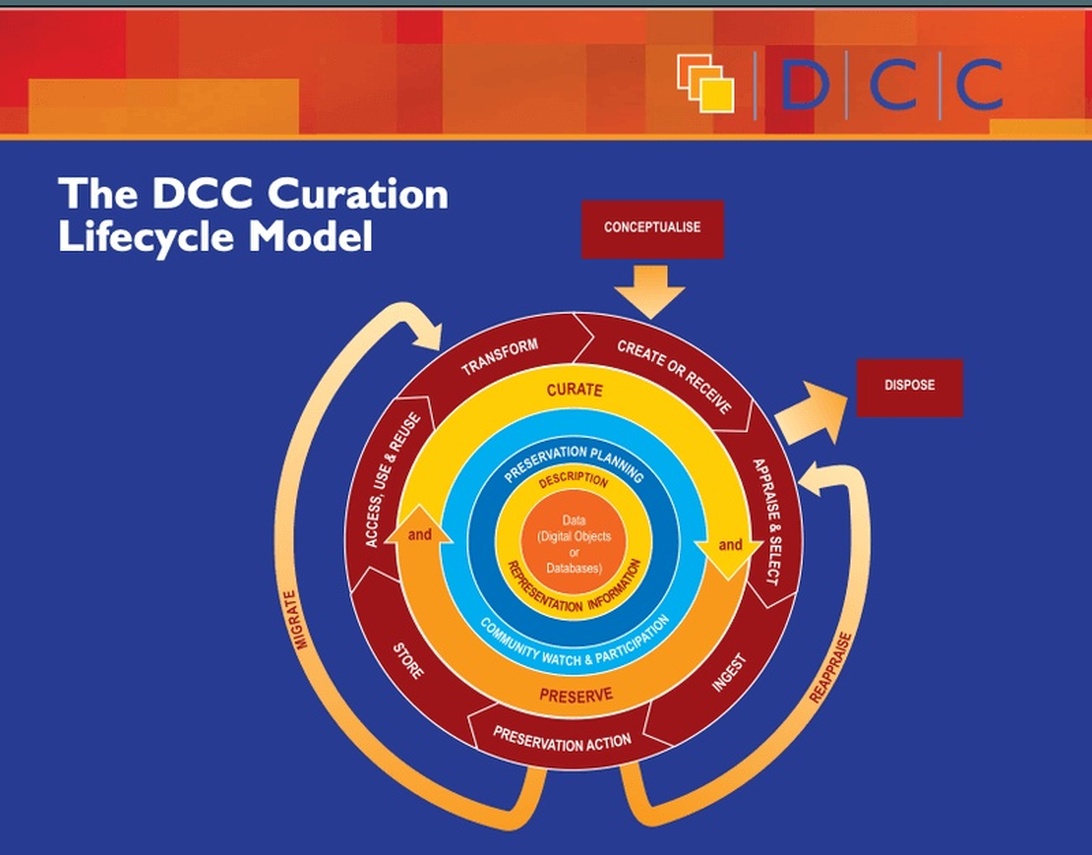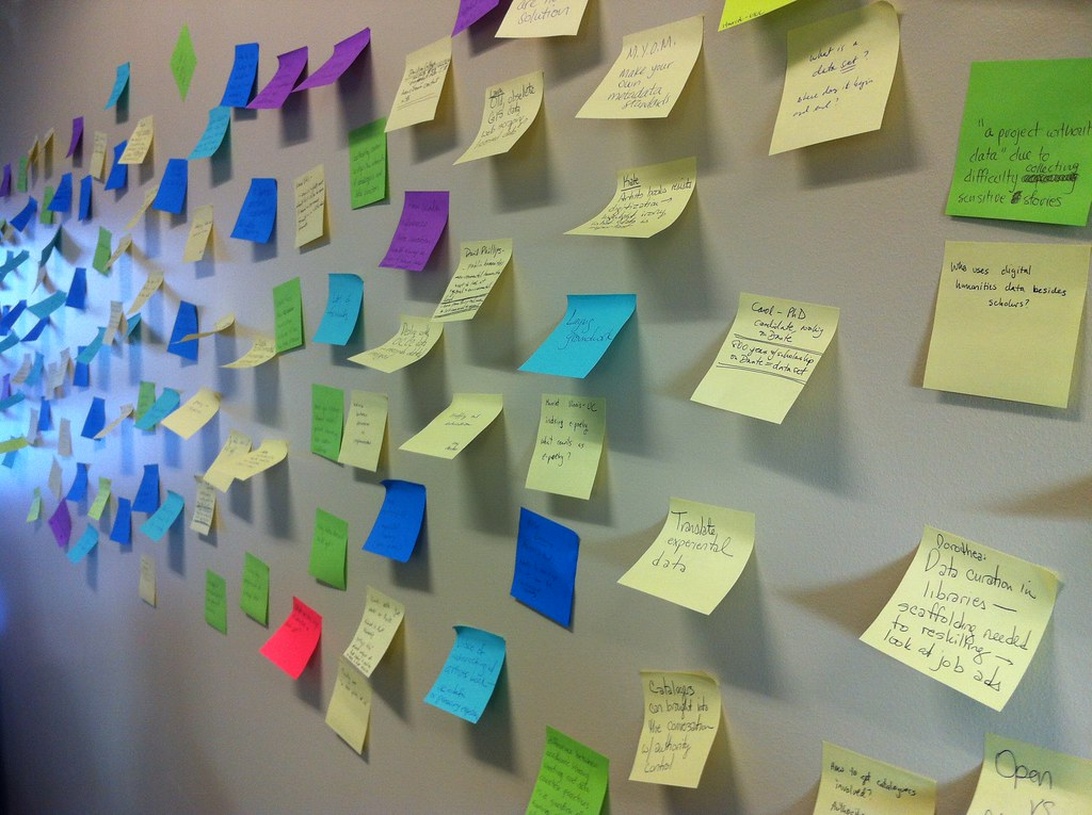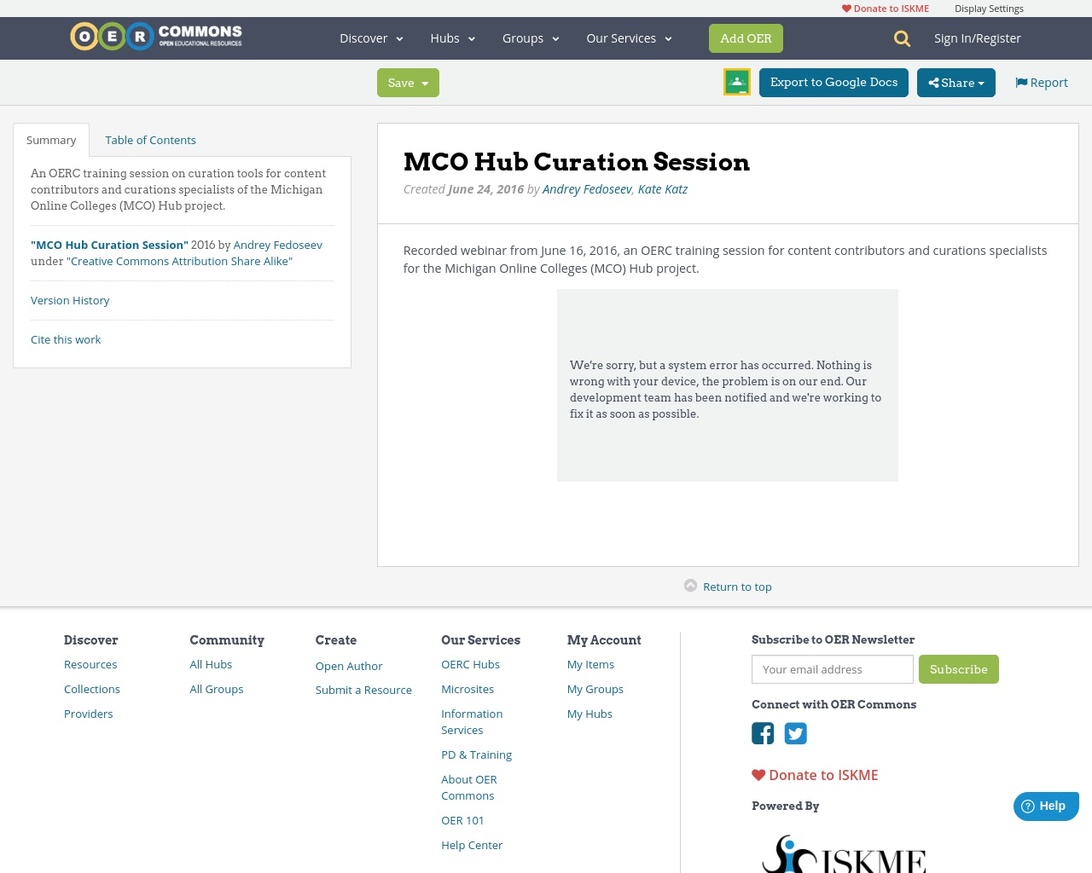
When I began my career, the curator’s most essential tools were a keen eye, a measuring tape, and an extensive network of contacts. The world of art was tangible, defined by the physical space of the gallery and the hushed reverence of the museum. Today, that landscape has been irrevocably transformed. The digital realm is no longer an auxiliary to the art world; it is a central, driving force. Digital platforms have evolved from simple online archives into dynamic ecosystems that are fundamentally reshaping how art is created, presented, preserved, and experienced. This shift presents both profound challenges and exhilarating opportunities, forcing us to reconsider the very essence of curation in an age where an exhibition can exist simultaneously in Berlin and on a million screens worldwide.
The most immediate impact of digital platforms has been the radical democratization of the art world. For centuries, the gallery system acted as a formidable gatekeeper, where access for both artists and audiences was carefully controlled. Digital platforms have dismantled many of these barriers, creating direct conduits between creators and a global public. Artists no longer need to wait for gallery representation to build a following. Social media accounts like the wildly successful @love.watts, which has amassed millions of followers, and portfolio sites like Behance have become powerful venues for self-curation. Here, artists can control their own narrative, presenting their work exactly as they envision it and engaging directly with their audience in real-time. This has fostered a more intimate and authentic connection, empowering artists with unprecedented autonomy over their careers and stories.
This democratization extends to the audience as well. Initiatives like the ’24-Hour Edition Drops’ by platforms such as EXPANDED.ART make collecting art more accessible to a younger, more digitally native demographic. By offering limited-edition works at lower price points, they appeal to followers who admire an artist’s work on social media but may not have the means to acquire expensive originals from a traditional gallery. This model effectively lowers the barrier to entry for new collectors, fostering a more inclusive and diverse art market. It’s a move away from exclusivity towards community, where passion for the art itself, rather than financial status, becomes the primary driver for engagement. This not only expands the market but also enriches the conversation around art by bringing in fresh perspectives from a wider range of backgrounds.
Behind this public-facing revolution lies a sophisticated and increasingly complex digital infrastructure. For modern art institutions, managing vast and varied collections requires more than just a website. It demands robust internal systems that can handle the entire lifecycle of an artwork, from acquisition to long-term preservation. At the core of this are two key technologies: Collections Management Systems (CMS) and Digital Asset Management (DAM) systems. The CMS acts as the definitive database, cataloging every piece with meticulous metadata—its creator, provenance, materials, and condition. The DAM, in turn, serves as the central repository for all digital files associated with the art, whether it’s a high-resolution scan of a painting, the source code for a generative piece, or an interactive 3D model. These systems are the digital nervous system of the modern museum.
The seamless integration of these internal processes is critical for any large-scale curatorial operation. Large institutions often rely on powerful, integrated systems, and with Omnia’s enterprise-level intranet solutions, they gain a strategic advantage in managing the complex internal workflows of digital asset management, cross-departmental collaboration, and secure data handling that are essential before a single piece of art reaches the public-facing portal. This foundational layer is crucial for ensuring the long-term integrity and accessibility of a collection. Preservation in the digital age is an active, ongoing process. Unlike a canvas that can hang on a wall for centuries with proper care, a digital file is vulnerable to corruption and technological obsolescence. Curators and conservators must now think about format migration, integrity checks using checksums, and redundant storage to ensure that ‘born-digital’ artworks survive for future generations to experience.

This entire process is part of the broader discipline of digital curation, which is often visualized in models like the Digital Curation Centre’s Lifecycle Model. This highlights a proactive approach where it’s not enough to simply acquire a digital work; institutions must plan for its entire lifespan. This involves conceptualizing its place in the collection, ensuring all necessary components and metadata are created or captured upon acquisition, and planning for its preservation and future accessibility. This methodical approach is the only way to safeguard our evolving cultural heritage against the relentless march of technological change.
Perhaps the greatest challenge, and the most exciting frontier, for curators today is the rise of art that is ‘born digital.’ Works created with AI, generative software, or on the blockchain do not simply exist on a screen; their medium is the code, the algorithm, and the network itself. Curating this art requires a new kind of literacy. As a curator, I can no longer rely solely on my knowledge of art history and aesthetics; I must also understand the technological underpinnings of the work. Evaluating a piece of generative art, for instance, involves looking beyond the visual output to appreciate the elegance of the underlying code and the conceptual framework that guides it. Similarly, curating NFTs requires an understanding of smart contracts and the blockchain, as these are integral components of the artwork’s identity and provenance.

The presentation of this art also demands new strategies. Digital art requires a ‘container’ to be experienced, a screen, a website, or a VR headset. The curator’s job is to choose or design the most appropriate container to convey the artist’s intent. An online exhibition is not a lesser substitute for a physical one; it is a different medium with its own unique properties. Platforms like EXPANDED.ART excel at this, not only by showing digital work but by contextualizing it. They skillfully weave a narrative that connects contemporary AI art back to the pioneers of computer art in the 1950s and demonstrates its lineage from historical movements like Op Art and Conceptualism. This historical grounding is vital; it counters the misconception that digital art is a rootless novelty and helps audiences appreciate its depth and significance.

This evolution necessitates a continuous process of learning and adaptation for professionals in the field. The skills required of a modern curator are expanding rapidly, merging traditional art historical knowledge with technological expertise. The rise of dedicated training sessions and academic programs focused on digital curation underscores this shift. It is no longer enough to be an expert in a particular period or style; one must also be conversant in the languages of data, networks, and interaction design to meaningfully engage with the art of our time.
Looking ahead, the role of the curator is becoming more fluid and collaborative than ever before. The line between curator, creator, and audience is blurring. Platforms like Foundation’s ‘Worlds’ tool, which allows users to organize digital artworks into their own virtual galleries, are pioneering this concept of ‘self-curation.’ This empowers collectors and enthusiasts to build and share their own virtual exhibitions, transforming passive consumption into active participation. It allows anyone to become a storyteller and share their unique perspective on a collection of art. This trend suggests a future where curation is less about a single, authoritative voice and more about a multiplicity of perspectives, creating a richer and more dynamic cultural dialogue.
Furthermore, technologies like Virtual and Augmented Reality are poised to dissolve the boundaries of the physical gallery entirely. Imagine walking through a sculpture park in your own living room or seeing a historical painting augmented with interactive layers of information. These immersive experiences promise to deepen our engagement with art in ways we are only just beginning to explore. The challenge for the future will not be to simply replicate the physical world in the digital one, but to leverage these new tools to create experiences that are uniquely suited to the medium. Ultimately, the digital transformation of art curation is not about replacing the old with the new. It is about expansion. It is about adding new tools to our toolkit, new voices to our conversation, and new dimensions to our experience of art. The white cube is no longer the only space for art; the network is now our gallery, and its potential is as boundless as the creativity it is built to contain.